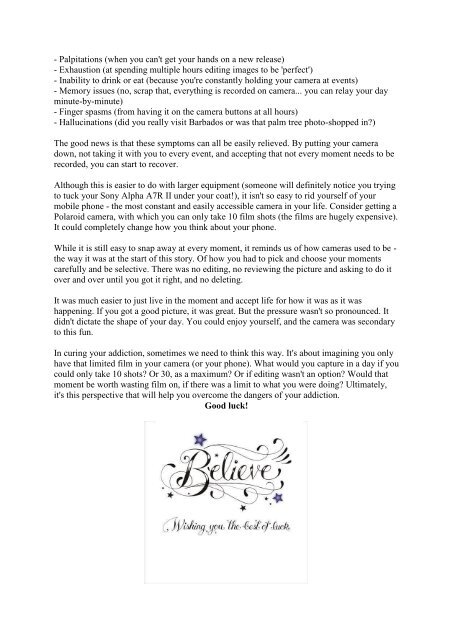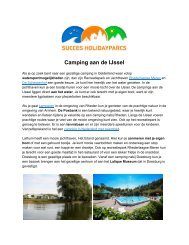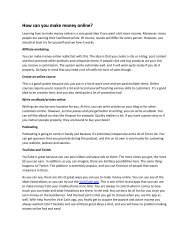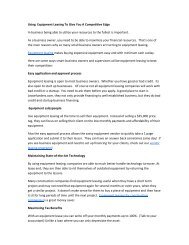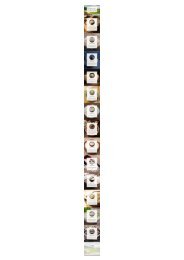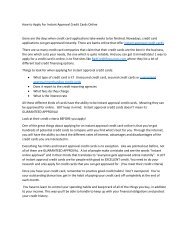How to convert photos to canvas
https://www.londoncanvasprints.com/ How to create a Scandi look with canvas prints
https://www.londoncanvasprints.com/
How to create a Scandi look with canvas prints
Create successful ePaper yourself
Turn your PDF publications into a flip-book with our unique Google optimized e-Paper software.
- Palpitations (when you can't get your hands on a new release)<br />
- Exhaustion (at spending multiple hours editing images <strong>to</strong> be 'perfect')<br />
- Inability <strong>to</strong> drink or eat (because you're constantly holding your camera at events)<br />
- Memory issues (no, scrap that, everything is recorded on camera... you can relay your day<br />
minute-by-minute)<br />
- Finger spasms (from having it on the camera but<strong>to</strong>ns at all hours)<br />
- Hallucinations (did you really visit Barbados or was that palm tree pho<strong>to</strong>-shopped in?)<br />
The good news is that these symp<strong>to</strong>ms can all be easily relieved. By putting your camera<br />
down, not taking it with you <strong>to</strong> every event, and accepting that not every moment needs <strong>to</strong> be<br />
recorded, you can start <strong>to</strong> recover.<br />
Although this is easier <strong>to</strong> do with larger equipment (someone will definitely notice you trying<br />
<strong>to</strong> tuck your Sony Alpha A7R II under your coat!), it isn't so easy <strong>to</strong> rid yourself of your<br />
mobile phone - the most constant and easily accessible camera in your life. Consider getting a<br />
Polaroid camera, with which you can only take 10 film shots (the films are hugely expensive).<br />
It could completely change how you think about your phone.<br />
While it is still easy <strong>to</strong> snap away at every moment, it reminds us of how cameras used <strong>to</strong> be -<br />
the way it was at the start of this s<strong>to</strong>ry. Of how you had <strong>to</strong> pick and choose your moments<br />
carefully and be selective. There was no editing, no reviewing the picture and asking <strong>to</strong> do it<br />
over and over until you got it right, and no deleting.<br />
It was much easier <strong>to</strong> just live in the moment and accept life for how it was as it was<br />
happening. If you got a good picture, it was great. But the pressure wasn't so pronounced. It<br />
didn't dictate the shape of your day. You could enjoy yourself, and the camera was secondary<br />
<strong>to</strong> this fun.<br />
In curing your addiction, sometimes we need <strong>to</strong> think this way. It's about imagining you only<br />
have that limited film in your camera (or your phone). What would you capture in a day if you<br />
could only take 10 shots? Or 30, as a maximum? Or if editing wasn't an option? Would that<br />
moment be worth wasting film on, if there was a limit <strong>to</strong> what you were doing? Ultimately,<br />
it's this perspective that will help you overcome the dangers of your addiction.<br />
Good luck!


